 TOP
TOPRelated Products
Related Cases
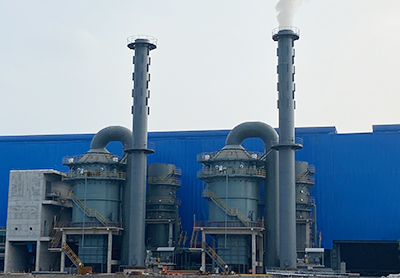
Wet electric and wet dust removal project of Steel slag of Hebei Handan Zhongban Steel Mill
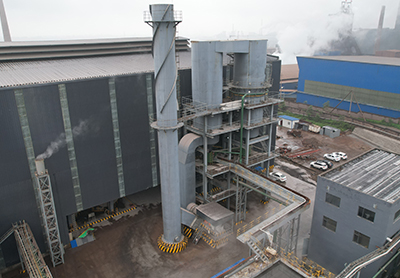
Shanxi Hongda steel slag wet electric Dust removal project

Shanghai Bulannuo Industrial packaging materials online monitoring project
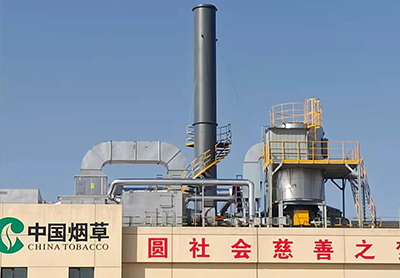
China Tobacco Ningxia Hongde VOCs exhaust gas treatment project
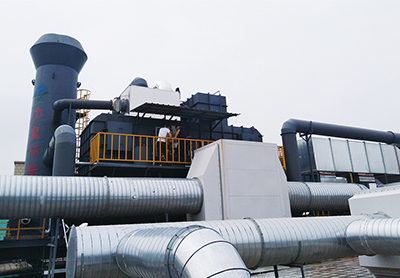
Shanghai Hengjie Wood Industry VOCs waste gas treatment project
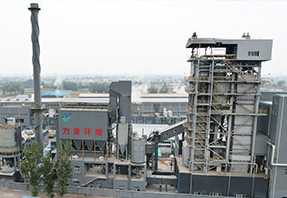
Pingyao Paper Mill desulfurization, denitration and dust removal EPC project
Seven suggestions and emergency management measures for the safe operation of RTO devices
1、The waste gas from the tank top is not mixed with the waste gas from the sewage tank for treatment
When combustible gases or liquid vapors are uniformly mixed with air (or oxygen) within a certain range and encounter a fire source, an explosion will occur, and this concentration range is its explosion limit. The maximum allowable oxygen content refers to the critical maximum oxygen concentration at which a combustible gas or liquid vapor of a certain concentration can barely undergo combustion and explosion when given sufficient ignition energy, which is the critical point of explosion and non explosion. Within the entire explosion limit range, the upper and lower limits of explosion correspond one-to-one with the maximum and minimum values of the maximum allowable oxygen content; The minimum value of its maximum allowable oxygen content is numerically equal to the critical oxygen content required for a complete reaction of combustible materials at the lower limit concentration.
To control chemical odor, volatile material storage tanks are generally protected by nitrogen sealing and equipped with breathing valves. The main components of the waste gas from the storage tank are VOCs and nitrogen inside the tank, without oxygen, while the waste gas from the sewage tank is mainly air and also contains a small amount (certain amount) of volatile gases. When the exhaust gas discharged from the storage tank is mixed with the exhaust gas from the sewage tank, it is possible to reach the explosion range and oxygen content requirements of VOCs, and an explosion will occur at a certain energy or temperature. Therefore, these two types of gases should not be mixed for disposal
2、Distance between concentration detector and exhaust gas shut-off valve
At present, two online exhaust gas detectors are generally installed in RTO devices, and exhaust gas cut-off valves are installed at a certain distance behind the online exhaust gas concentration detector. After the high concentration gas passes through the online exhaust gas concentration detector, the exhaust gas cut-off valve should be closed before the high concentration gas arrives. That is, the distance from the online exhaust gas concentration detector to the cut-off valve should be greater than the length of the pipeline through which the gas flows within the sum of the online exhaust gas concentration detection response time and the closing time of the exhaust gas cut-off valve.
3、Fresh air dilution and fan control
To reduce the risk of explosion, the RTO device should add corresponding logic control. When high concentration gas is detected, the RTO device triggers an interlocking shutdown, that is, the emergency exhaust gas discharge valve opens, the exhaust gas cut-off valve closes, the fresh air valve opens, and the main fan reduces the air volume to ensure that lower concentration gas enters the furnace continuously.
4、Flame arresters and bursting discs
Flame arresters are very important safety accessories, and they must undergo safety appraisal to determine whether they meet the requirements. Unqualified flame arresters will not be able to effectively isolate the spread of energy, leading to flash explosions. If the blasting pressure and blasting area of the bursting disc are not appropriate, the energy cannot be effectively released, resulting in equipment explosion damage and other accident consequences. The lower blasting pressure and the energy release location of multiple bursting discs on the exhaust gas pipeline can effectively prevent equipment and pipeline damage, and reduce the occurrence of accidents.
5、Operating pressure selection
Considering that some exhaust gases are toxic, in order to prevent gas leakage under positive pressure from causing personal injury to on-site personnel, it is recommended to use micro negative pressure operation for the operating pressure of RTO. At the same time, corresponding toxic gas detectors should be installed according to the location of the leakage dew point, and bursting discs should also be installed at the leakage point.
6、The breathing valve of the storage tank is connected to the outlet exhaust gas delivery pipeline using a non-contact oxygen cover
To reduce the safety operation risk of the storage tank, it is recommended to use a gas collection hood connection between the storage tank breathing valve and the outlet exhaust gas delivery pipeline. The rear end of the gas collection hood is equipped with a check valve and a flame arrester, which can prevent gas backflow and tempering, isolate energy transmission, and to some extent prevent the situation from expanding in the event of an accident.
7、Fan material selection
Due to the need for corrosion prevention, some fan impellers are made of non-metallic materials, which can easily generate static electricity and lead to accidents. It is recommended to choose metal materials, but anti-corrosion measures need to be considered.
Emergency management measures for RTO devices
1、Develop special plans for RTO devices and on-site emergency response plans. Regular training and drills on various emergency plans should be conducted to evaluate the effectiveness of the drills and improve the plans in a timely manner.
2、Improve emergency response capabilities. Enterprises should establish an emergency response system for RTO devices, clarify the emergency rescue responsibilities of personnel at all levels of the RTO device. In case of an emergency, emergency response personnel should arrive at their respective positions within the specified time and handle the situation in accordance with the requirements of the emergency plan.
3、In response to the hazards that exist during the production and operation of RTO devices, enterprises should at least equip emergency rescue equipment such as chemical protective clothing, thermal insulation clothing, gas masks, positive pressure air respirators, explosion-proof emergency lighting, and handheld flammable and toxic gas detectors.